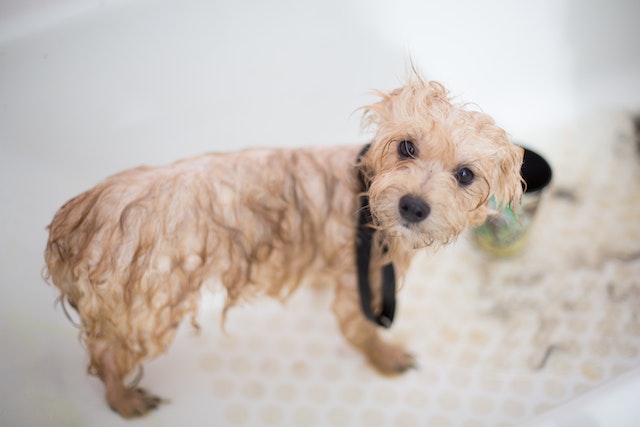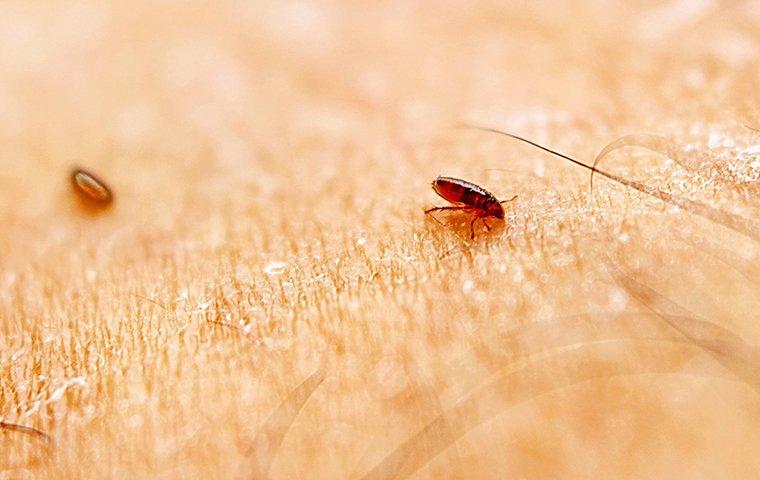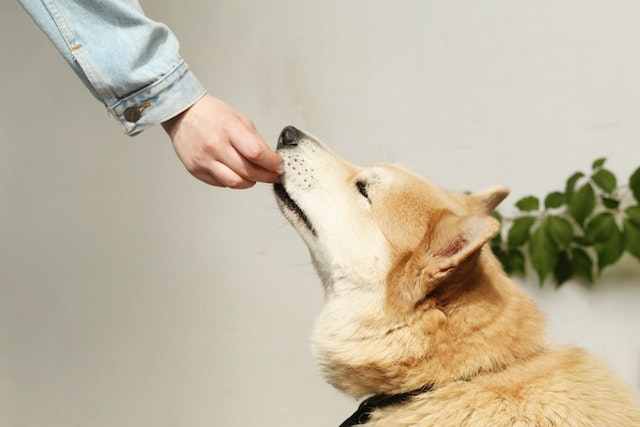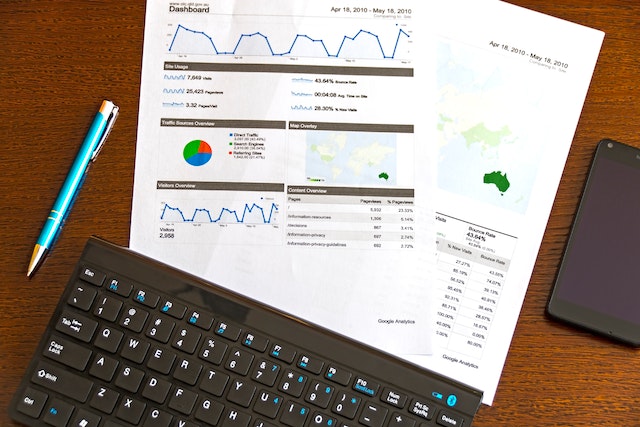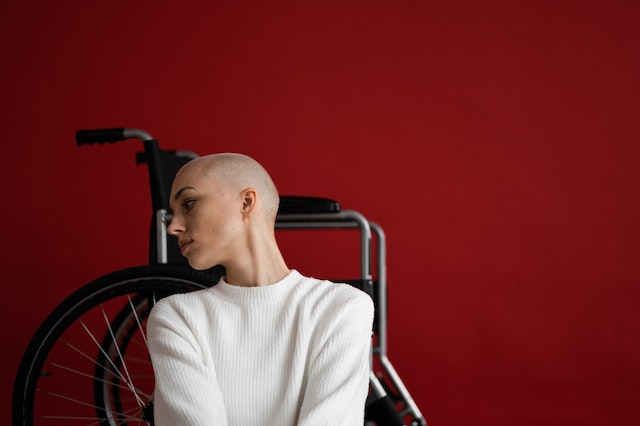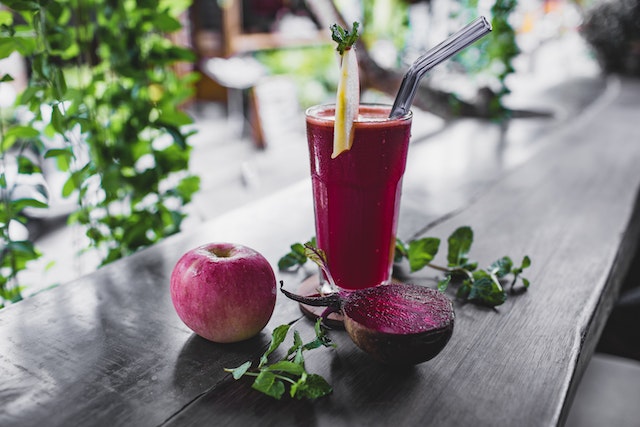Bathing is an essential part of maintaining your puppy’s hygiene and overall health. However, as a new puppy owner, you may have questions about when and how to bathe your furry friend. In this article, we will provide answers to frequently asked questions regarding puppy bathing, including the ideal frequency, when to start bathing, a checklist of bathing supplies, tips for the bathing process, and ensuring your puppy’s skin health.
How Often Should I Bathe My Puppy?
The frequency of puppy baths depends on several factors, including breed, activity level, and the individual needs of your puppy. In general, most puppies can be bathed every 2 to 4 weeks. However, it’s important not to bathe them too frequently as it can strip their coat of natural oils and lead to dryness or skin irritation. Regular brushing and spot cleaning can help maintain their cleanliness between baths.
When Can You Start Bathing a Puppy?
Puppies can be bathed as early as 8 weeks old, but it’s essential to wait until they have had their initial vaccinations and are in good health. Consult with your veterinarian to ensure that your puppy is ready for bathing.
Puppy Bathing Checklist
Before bathing your puppy, gather the following supplies:
- Puppy-specific shampoo: Choose a mild, hypoallergenic shampoo specifically formulated for puppies to avoid skin irritation.
- Warm water: Fill a tub or sink with warm water that is comfortable for your puppy.
- Non-slip mat: Place a non-slip mat in the bathing area to prevent your puppy from slipping.
- Towels: Have a few towels ready for drying your puppy after the bath.
- Cotton balls or ear wipes: Use cotton balls or ear wipes to clean your puppy’s ears, being careful not to go too deep.
- Brush or comb: Have a brush or comb on hand to detangle any knots or mats before or after the bath.
- Treats: Use treats as positive reinforcement during and after the bathing process to create a positive association.
How to Bathe a Puppy
Follow these steps to give your puppy a successful bath:
- Preparation: Gather all the necessary supplies and ensure the bathing area is safe and warm. Place a non-slip mat in the tub or sink.
- Brushing: Before getting your puppy wet, brush their coat to remove any tangles or mats.
- Water temperature: Fill the tub or sink with warm water. Test the water temperature with your hand to ensure it’s not too hot or cold.
- Wetting your puppy: Gently wet your puppy’s fur, starting from the neck and working your way down. Be careful to avoid getting water in their ears and eyes.
- Shampoo application: Apply a small amount of puppy-specific shampoo onto your hands and lather it onto your puppy’s coat. Be gentle and avoid getting shampoo in their eyes or mouth.
- Rinsing: Thoroughly rinse your puppy’s coat with warm water, ensuring all the shampoo is washed away.
- Drying: Use a towel to gently pat your puppy dry. If needed, you can use a hairdryer on the lowest heat setting, keeping it at a safe distance from your puppy’s skin and using a low noise setting to avoid scaring them.
- Reward and praise: After the bath, reward your puppy with treats and praise to create a positive association with bathing.
How to Get Your Puppy Used to the Hair Dryer
Introducing your puppy to the sound and sensation of a hairdryer should be done gradually to avoid overwhelming them. Follow these steps:
- Introduce the sound: Start by turning on the hairdryer at a distance and allow your puppy to get used to the noise without blowing air directly on them. Offer treats and praise for calm behavior.
- Gradually increase exposure: Over several sessions, gradually decrease the distance between your puppy and the hairdryer while continuing to offer treats and praise. Observe their reaction and ensure they remain comfortable.
- Add gentle airflow: Once your puppy is comfortable with the sound, introduce the gentle airflow from the hairdryer. Keep it on the lowest heat setting and at a safe distance from your puppy’s skin.
- Monitor your puppy: Always observe your puppy’s behavior during the hair drying process. If they show signs of distress or discomfort, stop and try again at a later time.
Check Your Puppy’s Skin
While bathing your puppy, take the opportunity to check their skin for any abnormalities or signs of irritation. Look for redness, rashes, dry patches, or parasites such as fleas or ticks. If you notice any concerns, consult with your veterinarian for proper diagnosis and treatment.
Conclusion
Regular baths are an essential part of maintaining your puppy’s cleanliness and overall well-being. By following the proper bathing techniques, introducing positive associations, and monitoring your puppy’s skin health, you can ensure a pleasant and successful bathing experience for both you and your furry friend. Remember to consult with your veterinarian if you have any specific concerns about bathing or your puppy’s skin condition.

